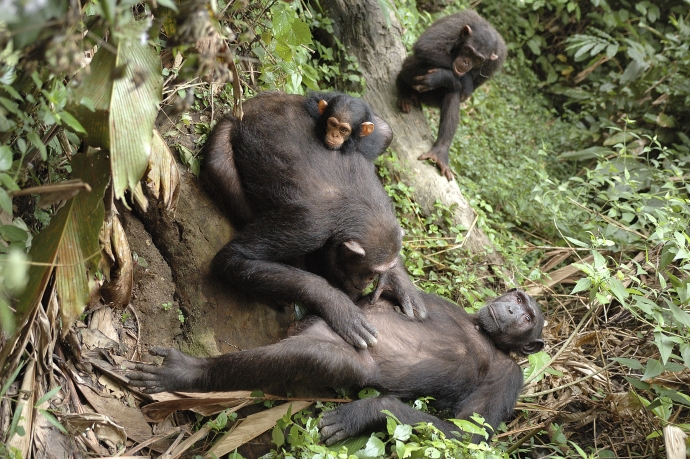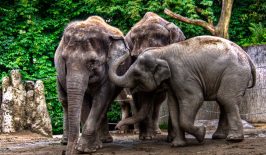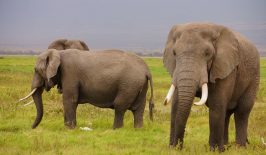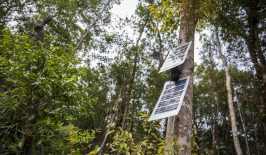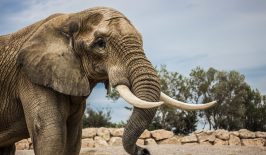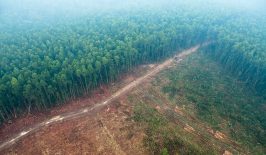The confluence of image recognition software and machine learning has the potential to provide huge boons to research of all kinds, especially in the field of biodiversity. The technology has already been used in various projects to spot and identify animals in the wild, but a new process looks to take the concept even further.
Researchers at ETH Zurich have developed a new image analysis algorithm which not only identifies individual animals, but can even make estimations about how they are feeling, and even what they are thinking.
The researchers trained the machine learning algorithm on mice and macaques in a zoo environment. Through analysing the movements and actions of the animals, the algorithm can suggest if a particular animal is ill, or feeling fear, curiosity or even happiness. It also has the potential to unlock some of the complex secrets of animal society, such as the hierarchy of primate groupings and the role of grooming. Markus Marks, Professor of Neurotechnology at ETH Zurich, suggested the technology was particularly applicable to our nearest primate cousins:
“There is a lot of interest, especially among primate researchers. A group researching wild chimpanzees in Uganda uses our technology… Compared to previous behaviour analysis algorithms based on machine learning, our method has great advantages, especially when it comes to analysing social behaviour in complex settings.”
This is not the only project to understand the potential of facial and image recognition software. For example, finFindR uses machine learning to identify individual dolphins from their dorsal fins, while FishFace is another marine application using facial recognition technology to better log commercial fishing data.
On land, Google’s facial recognition software has been applied to rhinos – and their poachers – while the concept is not limited to visual images. Rainforest Connection uses microphones and artificial intelligence to listen in on jungles, tracking endangered parrots and detecting illegal logging.
However, in theory the same approach could be applied to practically any animal species. To this end, the team has made their technology available on a public platform, allowing it to be used across the world. Not only does this provide new tools, but also ensures researchers in different projects on different continents are using the same standard. This makes their work easily comparable, aiding collaboration and peer reviewing.
The advantage of these kinds of artificial intelligence applications is not only the insights they provide, but also the time and effort they save researchers. Previously, human researchers would be required to watch hours upon hours of footage to gain an understanding of animal behaviour. For example, the team highlights a recent study in which researchers had to manually watch hours of footage of elephants sleeping to develop a deeper understanding of the process. Such a task is likely to test the endurance of even the most enthusiastic elephant lover, and likely result in missed observations. The machine learning algorithm on the other hand can analyse huge amounts of information at the push of a button.
Not only does this save on time, labour and ultimately money, but a computer can maintain its level of performance throughout. This means the algorithm is likely better at detecting subtle changes in behaviour that develop slowly or over a longer period of time.
Currently, the team is exploring ways the technology could be applied to animal husbandry and conservation. For example, the algorithm could be used to monitor animals around the clock, automatically detecting abnormal behaviour and potentially catching illness at an earlier stage. It could also be used in the medical field to monitor test animals in an non-invasive way, reducing stress and the number of animals needed.
